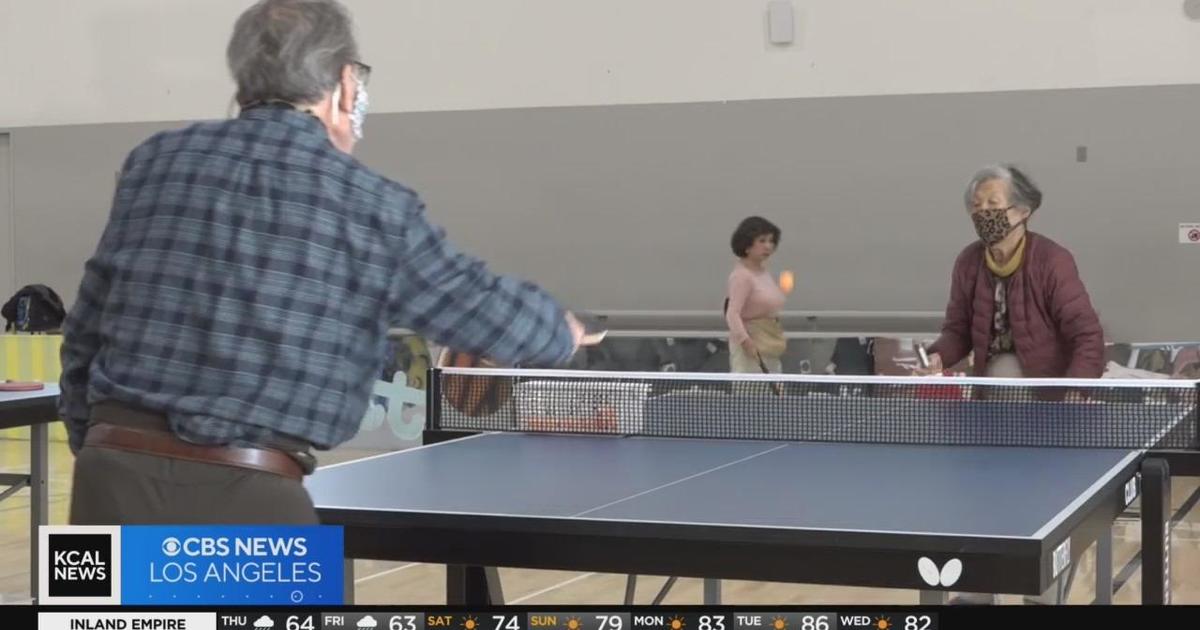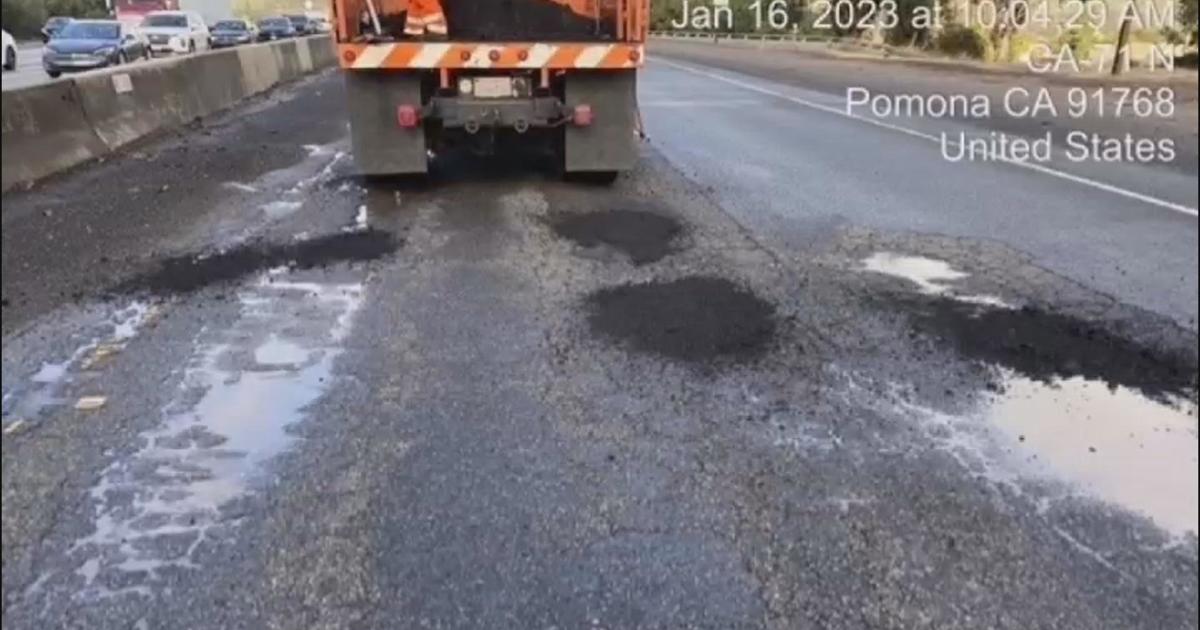Fun Ways To Teach Your Kids About Safety!
Fortunately, there are plenty of ways to teach children how to stay safe in a fun and non-threatening way with the help of a variety of resources. Here are several suggestions:
Let your children color pictures about safety
The Centers for Disease Control offers free coloring pages on topics like pool safety, rules of the road for bicycles, and avoiding injuries on the playground. They're available in both English and Spanish on the CDC website. Kids color the Safe Family, then draw their own picture at the end. Let them choose a medium, like crayons, washable markers, or watercolors, and discuss each of the pictures and the safety rules they represent.
Take your children on a tour of a local fire department
Many departments offer tours to the general public. For example, the San Diego Fire Department welcomes parents with children who are at least five years old. Tours must typically be arranged in advance, so contact your local fire department to find out how to book your visit.
Kids will learn about fire safety at the fire department but, more importantly, they'll get familiar with firefighters. Even if they know they're not supposed to go to strangers, it's critical to teach them to go to a firefighter if they're trapped in a burning building. Meeting professionals in a safe environment like a tour can pay off later if they're ever in an emergency.
Let your kids participate in a bike rodeo
School districts and communities all around Southern California hold bike rodeos to help kids practice safe bicycle riding in a controlled environment. They participate in fun activities like showing off their bike riding skills and learn valuable lessons about how to ride safely and ensure their bikes are in good condition.
Teach your kids about "stranger danger" without using horror stories
Kids need to learn to stay away from strangers, but telling them they could be kidnapped or harmed isn't the right way to teach the lesson. Let them know that they shouldn't interact with people they don't know and that it's not appropriate for adults to approach them with offers of a ride or requests like, "Please help me find my lost dog." Teach them that it's okay to say no in any situation that makes them uncomfortable, including when they're approached by a stranger. The National Crime Prevention Council recommends help them avoid potentially dangerous situations in the first place by keeping them under close watch, encouraging them to play in groups, and teaching them to check in with you regularly when they get older and don't need constant supervision.
Teach your children to go to the police for help
In Southern California, as in many places around America, police are often viewed as adversaries rather than allies. Local news stories vilify the police, and kids in many neighborhoods see police officers as people to avoid. Fight that perception by actively teaching your kids that the police are "safe" people to go to when they need help. If you know any police officers personally, introduce them to your children to build their comfort level.
Find other local resources in your community
Fire station tours are common, and many communities have other fun resources to teach kids about other aspects of safety. For example, Los Angeles has the L.A.Street Smarts program, which teaches pedestrian safety in a playful way. Kids learn to navigate Richie's Neighborhood, with special attention to safety in roads and around vehicles. Call your local police department or city hall for information on programs near you.
Turn safety practice into a game
Kids love to play, so find ways to add some fun to learning and enforcing safety rules. For example, when you make a fire safety escape plan, time each family member when you practice it. That stirs up a competitive spirit among siblings as they try to see who can get out fastest. Quiz your kids when you see something you can use as an object lesson. For example, if you're driving and spot a child biking without a helmet, ask your own child, "What should that little girl over there be doing?" Kids love to win games and show off their knowledge, so the more you can add those elements when you teach them about safety, the more effectively they'll learn.



